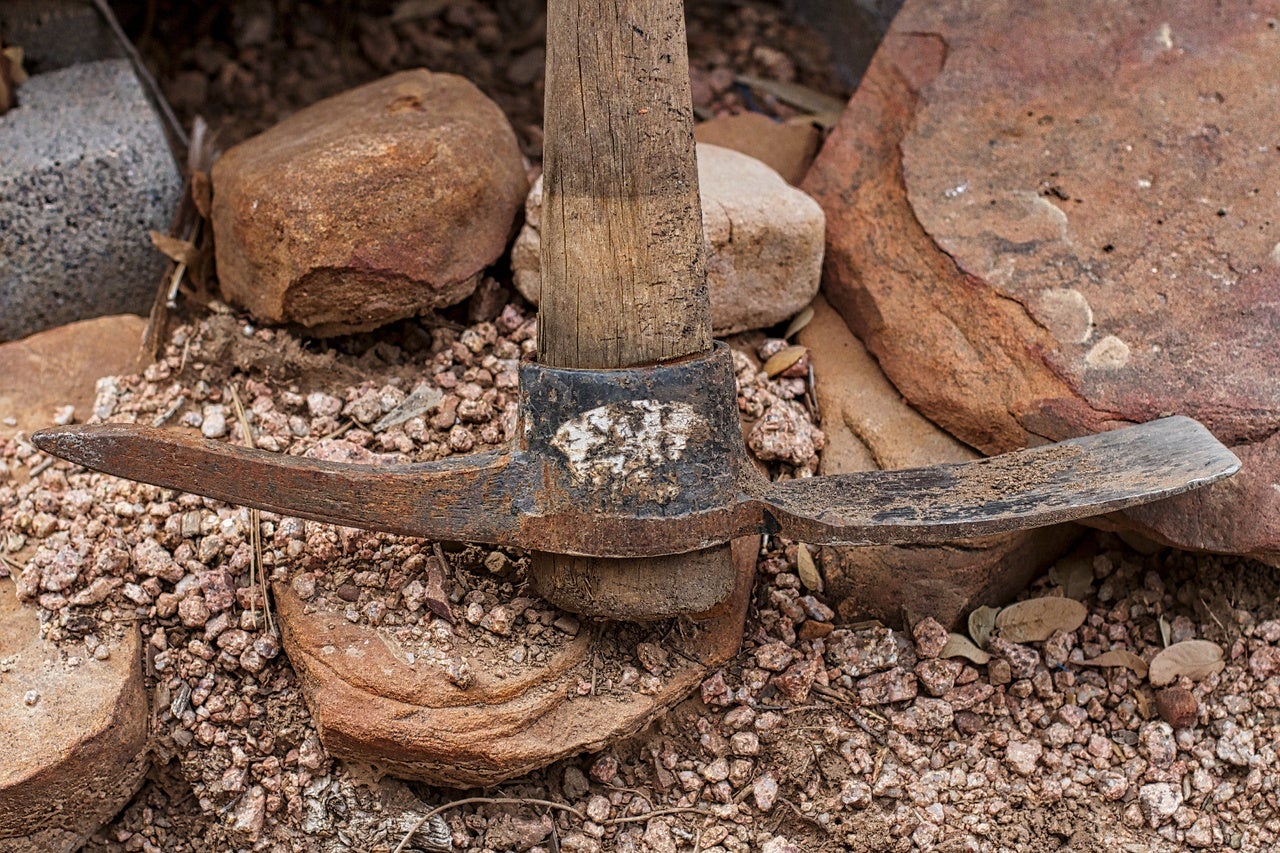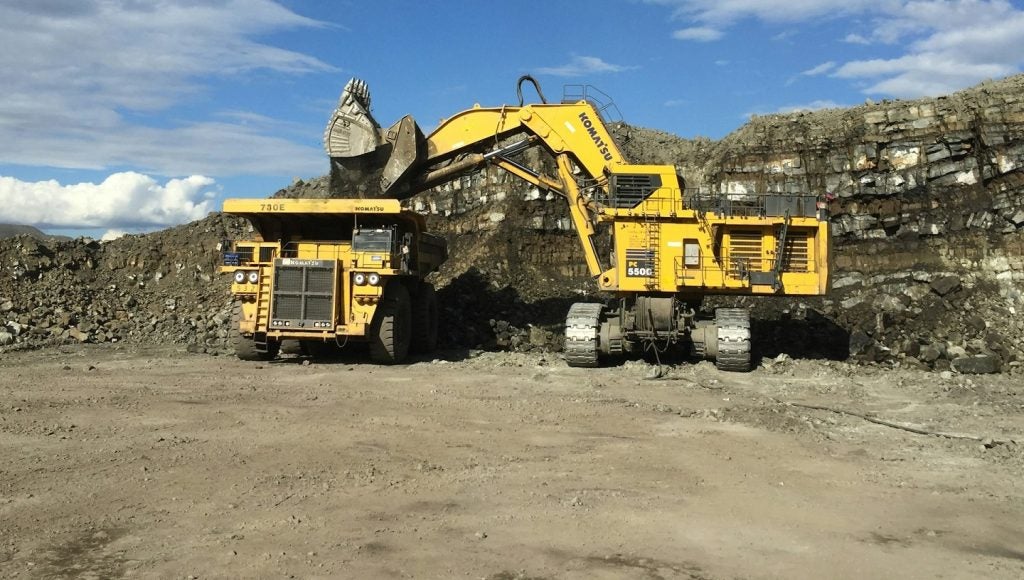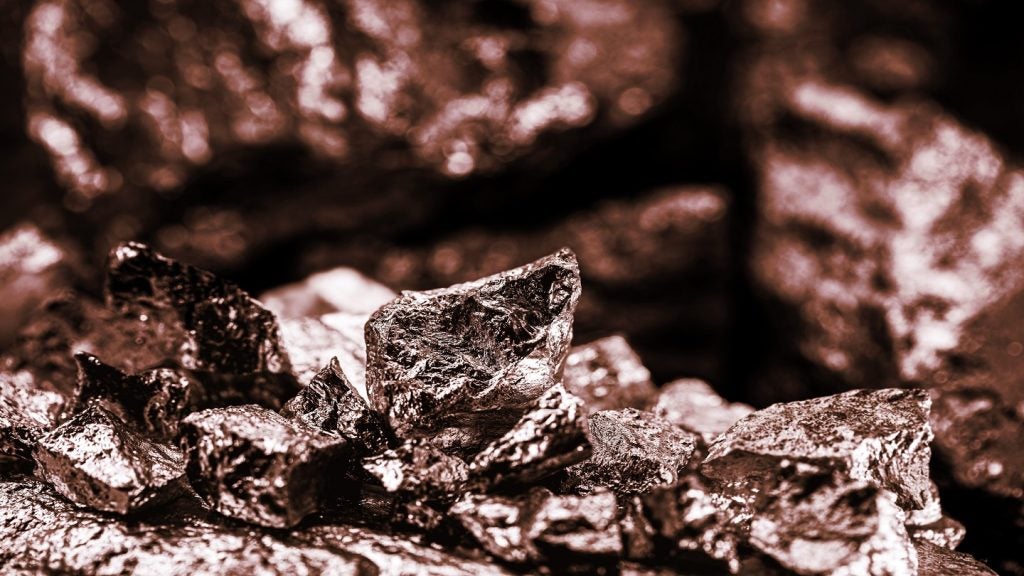
Personal injury
The most direct danger of artisanal mining is the risk of personal injury faced by miners themselves. As artisanal mining typically occurs outside of the law, these projects may not conform to regulatory standards with regards to the quality of tools and equipment, or safety practices.
As a result, miners are less likely to be equipped with effective safety gear, and could be forced to work with malfunctioning or dangerous machinery. Such circumstances saw nine miners die at a Zimbabwean mine in January this year when a routine blasting operation went awry, collapsing the roof of a tunnel and burying the workers.
Artisanal miners also face increased risks as the mines in which they often work have been built outside of government regulation, with little attention paid to the navigability of the surrounding area but simply the wealth on minerals which lie there. Up to 100 miners were trapped in an unlicensed gold mine in Indonesia earlier this year when a landslide hit the region, and rescue workers were forced to try and reach the trapped miners by digging with their hands, as they waited for conditions to improve so digging machines could be safely deployed.
Infrastructure damage
As many artisanal operations lack the resources needed for exploration and construction of mines, many small-scale miners move into mines built by larger companies that have been closed or left unused. The same inconsistencies in equipment and working standards that endanger miners can also risk damaging the mines they operate in.
In 2014, AngloGold Ashanti closed its flagship gold mine in Ghana, the Obuasi operation, and for the next four years, artisanal miners moved into the tunnels and began mining their own gold. The Ghanaian army was eventually needed to evict the miners, which numbered 12,000 by the time they were removed from the mine. AngloGold Ashanti has had to spend $500m to repair and mechanise the mine, ahead of its conversion to an automated operation.
Economic losses
Small-scale operations can threaten the profitability of a country’s mining sector by depleting resources, by not paying tax on the money made from their excavations and by making it harder for licenced companies to turn a profit.
How well do you really know your competitors?
Access the most comprehensive Company Profiles on the market, powered by GlobalData. Save hours of research. Gain competitive edge.

Thank you!
Your download email will arrive shortly
Not ready to buy yet? Download a free sample
We are confident about the unique quality of our Company Profiles. However, we want you to make the most beneficial decision for your business, so we offer a free sample that you can download by submitting the below form
By GlobalDataThe amount of artisanally mined minerals and metals sold is significant, with the Intergovernmental Forum on Mining, Minerals, Metals and Sustainable Development (IFM) reporting in 2017 that illegal operations are responsible for 80% of the world’s sapphires, and 20% of the world’s gold and diamond production. Zimbabwean mining is particularly dependent on the sector, with All Africa reporting that illegal miners produced 13.2 tonnes of gold in 2017, compared to 11.6 tonnes by large-scale mining companies.
There is also a greater risk of mined minerals being undersold by artisanal miners compared to minerals sold by international corporations. In 2018, artisanal miners in South Africa sold a 55-carat diamond R6m, which was then immediately sold on for more than five times that value.
Environmental pollution
The UN reported that the small-scale mining sector is the world’s largest source of mercury emissions, with the industry responsible for releasing 1,000 tonnes per year, equal to 40% of the world’s total. The metal is often used in mining as it is a cheap and easily-available ingredient in the extraction of gold from ore.
However, the extraction processes are often inefficient or outright dangerous. The IFM named two methods of gold extraction using mercury, one of which typically captures less than 30% of the gold in a piece of ore, while the other is a more involved process where the ore is burnt with mercury, usually in miners’ homes and places of residence, exposing a number of people not directly involved in mining to poisonous fumes.
The practice has also significantly damaged vulnerable environments such as the Amazon rainforest, where illegal mining operations are not bound by the legislation intended to protect such regions. In 2018, the Amazon Socio-environmental Geo-referenced Information Project released a map showing the impacts of illegal mining across six countries in the rainforest, where there have been 37 cases of illegal mining in protected indigenous reserves in Brazil.





